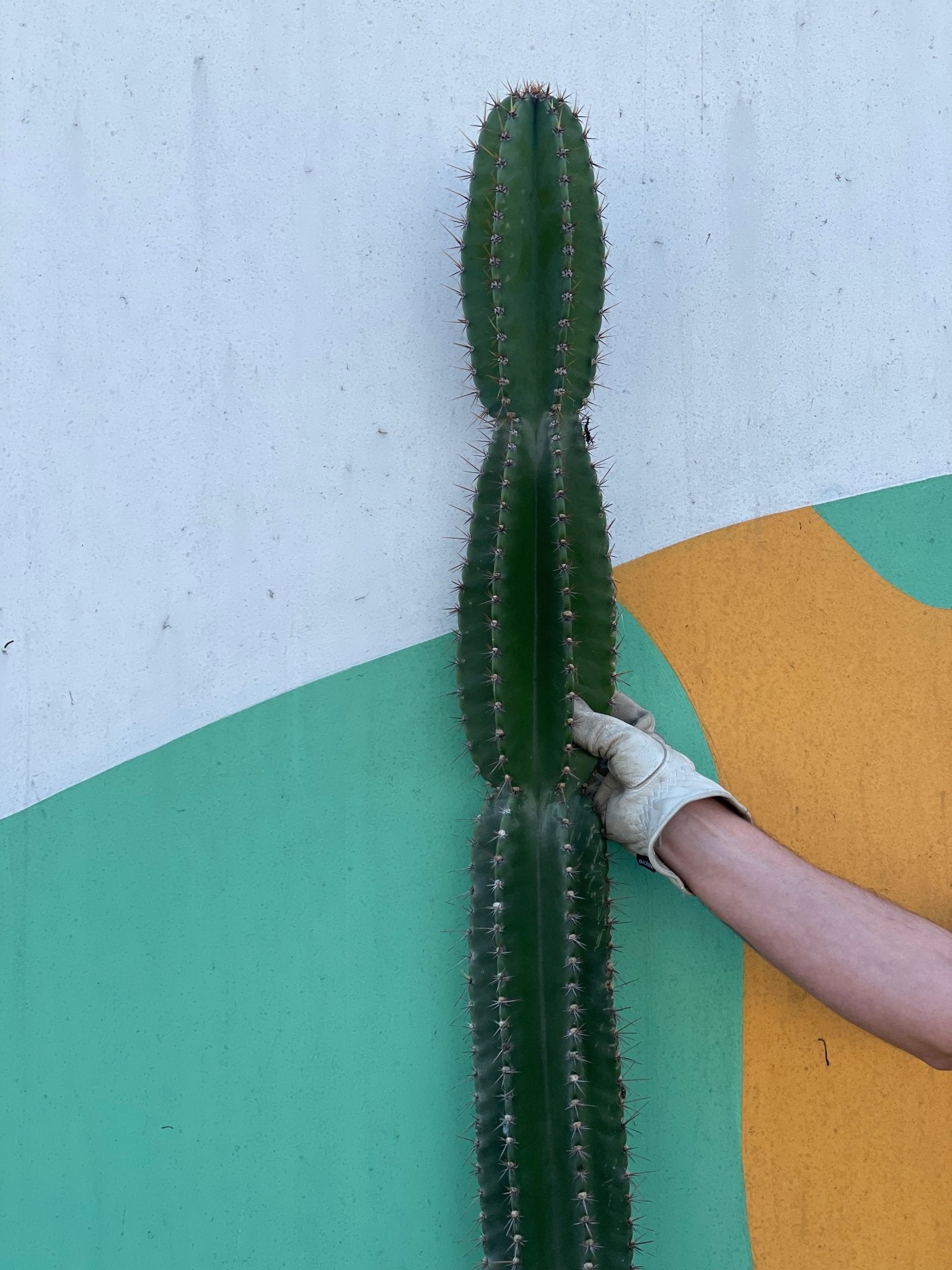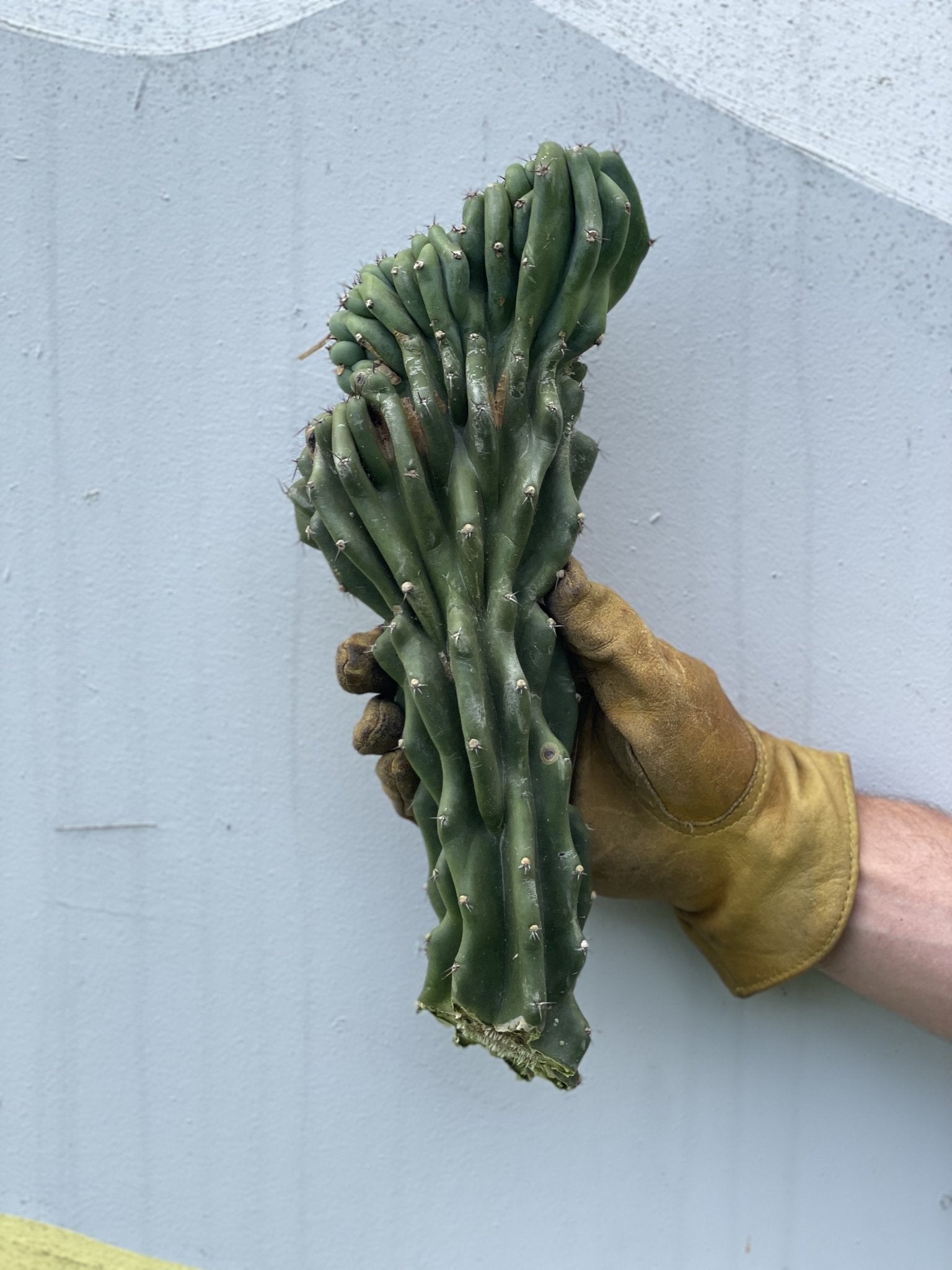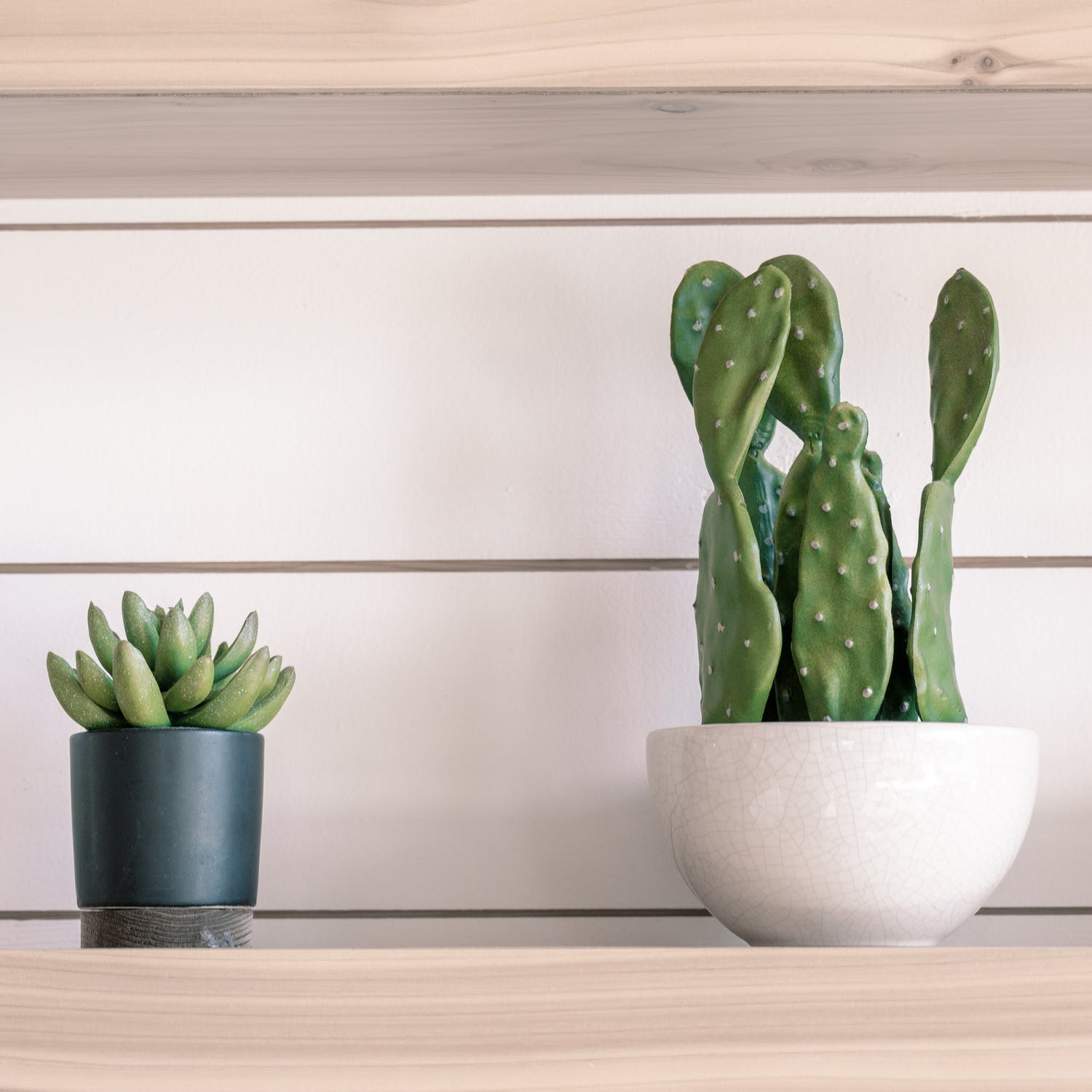Root rot is a severe disease that can impact most plants and flowers. In fact, root rot is the top cause of plant mortality. What is root rot, its causes, and how to prevent it will be discussed in this informative piece, helping you maintain healthy and thriving plants and flowers. Understanding the signs and symptoms of root rot is crucial in identifying and treating the disease effectively.
What is root rot?
Root rot affects indoor and outdoor plants. It's a disease that causes roots to rot and die, leading to plant death. Root rot is usually fatal, with no cure. Root rot can be caused by various types of fungi and leads to the decay of plant roots, ultimately resulting in plant fatality.
What causes root rot?
The number one cause of root rot is overwatering. When you provide your plants with too much water, the root system becomes unable to absorb oxygen which causes the roots to rot. When people talk about their plants drowning, what they really mean is that the plants have root rot resulting from too much water and not enough oxygen.
Outdoor plants can also get root rot when excess rainfall causes certain bacteria or fungi to grow on the roots, which has the same effect. The bacteria essentially suffocates the root system so that the plant is unable to absorb oxygen, which causes root rot in the same way as overwatering them.
How to prevent root rot?
The number one way to prevent root rot is by not overwatering your indoor plants. Remember, while it’s true that plants require water to live, too much water is just as bad or even worse than no water at all. Many plants, such as the Monstrose Cactus, Peruvian Apple Cactus, and other succulents, can live for long periods of time with no water, but too much water is a sure-fire way to give your plants root rot, killing them almost instantly.
To prevent root rot, ensure adequate drainage for your plants. Effective drainage reduces the risk of root rot, as water buildup can suffocate plants. Check your plants ten minutes after watering to remove excess water and promote healthy growth. Consider using pots with drainage holes to ensure proper drainage for your plants. This will help prevent root rot by allowing excess water to escape.
Summary
Root rot is a nasty disease that can suffocate the root systems of plants, causing them to wither and die. When plants have too much water, they are unable to breathe. In other words, they cannot absorb oxygen because of all the water; as such, the roots rot and die.
Fortunately, you can prevent root rot by not overwatering your plants. So, always ensure that there is adequate drainage and dump out any excess water about ten minutes after watering your plants.












Leave a comment